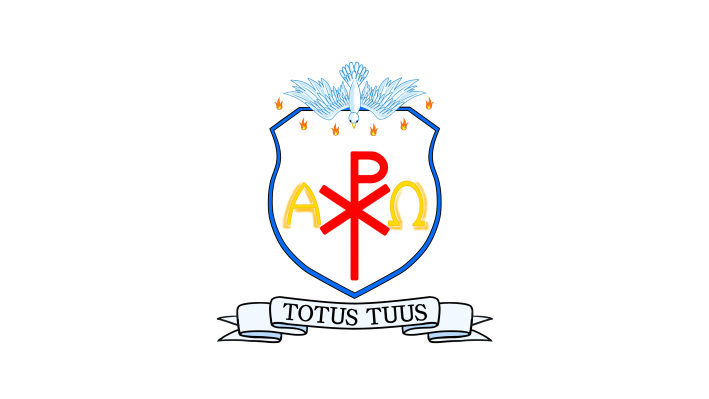
The Mother Israel and the Mother Church
Gospel: Mark 3:20-35
Jijo Kandamkulathy CMF
Claretian Publications, Macau
Who is this person, Jesus? Some have accused that he is out of his mind. Others accused him of belonging to the league of Satan. While the public debate over this question, his family in Nazareth hears the news from Capernaum and comes to take him back home.
When his mother, brothers, and sisters arrive at Capernaum, Jesus is in the house, in the middle of a circle of people. They do not come in; they want to talk to him and expect him to come out. Now, the spatial image acquires a clear theological significance: there is a clear distinction between those outside and those inside, between the old and the new brothers, sisters, and mother.
Relatives who are outside represent in Mark’s intention ancient Israel. Rightly, the evangelist does not mention Mary by name but simply called her “mother.” He considers her the symbol of the “woman Israel,” of the people from whom the Savior was born. Ancient Israel was caught by surprise by the Messiah of God. She saw all of her theological convictions and hopes accumulated over the centuries called into question. She felt called to conversion, to a radical change of mind, and tried to reclaim Jesus, her son. She tried to put him back in the family, to bring him back into traditional patterns.
Jesus cannot accept it. He is not the one that has to go out. Those outside are the ones who must enter and accept the conditions put by God in order to belong to the new family, to the new mother Israel, the Christian community. Whoever stays outside of this perspective, this “new home,” although biologically a child of Abraham, is neither his brother nor his sister nor his mother. S/he excludes herself/himself from the Israel of God. Today, it applies also to the Christians who are so only by baptism but are outside without listening to or living by his word.
The gospel also discusses the accusation that Jesus exorcised using Beelzebul, the king of the devils. To counter their accusations, Jesus resorts to the usual image: the “kingdom of God” and the “kingdom of Satan.” They face each other with their angelic armies deployed in battle. In fact, it is the relentless struggle between the life-giving divine forces and impulses to evil, rooted in the human being, causing death. These diabolic and murderous forces are embodied, that is, act in and through humans. The prime example is that of Peter: he is called “Satan” by Jesus (Mk 8:33) because he let himself be seduced by the wisdom of this world and rejected the judgments of God.
Jesus also refutes their arguments using the image of the strong man who is defeated by a stronger one. The kingdom of the devil, he ensures, has its days counted; its end has already started because a vastly superior force for good has entered the world. Although Satan still seems to be the ruler, in fact, he has already been dethroned, and no longer dominates from the top. In fact, Jesus sees him “fall like lightning from heaven.” “The stronger man” has taken away the ability to harm (Lk 10:18-19).
These statements are an invitation to hope, a stimulus to grow in the certainty that God’s plan of salvation will be implemented, even if it will take a long time before this victory is manifested in its fullness. To think otherwise, to give up in the face of evil, to let one’s arms down, is to falsely recognize that Jesus is less powerful than evil.
© Claretian Publications, Macau
Cum Approbatione Ecclesiastica 2024
了解 全属于祢 的更多信息
订阅后即可通过电子邮件收到最新文章。
